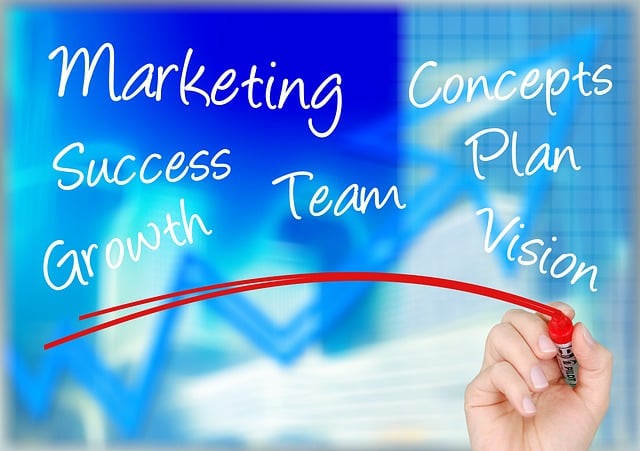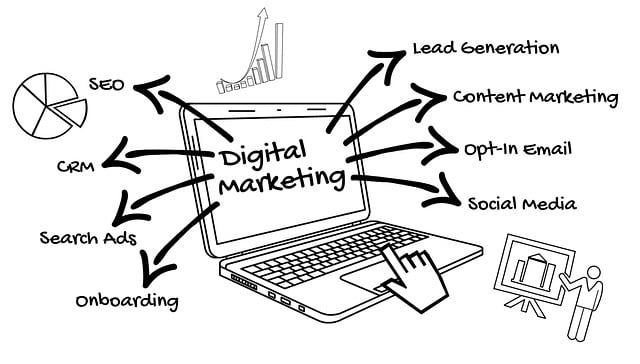In today's digital era, the demand for sustainable and safe seafood is growing, challenging traditional tracking methods due to complex global supply chains and increased consumer awareness of food safety, especially allergies. AI offers a revolutionary solution with real-time tracking using machine learning and data analytics, enhancing transparency and enabling swift action in case of contamination or allergy concerns. AI allergy alerts for shellfish menus analyze vast datasets on ingredients, preparation methods, and customer feedback to accurately determine allergen levels, helping restaurants identify and communicate potential allergens. Implementing AI Fresh Catch Tracking Systems involves mapping the seafood supply chain, selecting tailored AI solutions, integrating data collection devices, training AI models, developing user-friendly interfaces, conducting pilot tests, and continuous monitoring for optimal accuracy and adaptability.
In today’s culinary landscape, ensuring food safety, particularly for seafood, is paramount. With increasing shellfish allergies, restaurants face a dual challenge: offering fresh catch and managing potential risks. This article explores how Artificial Intelligence (AI) can revolutionize the dining experience by tracking fresh seafood and providing AI allergy alerts for shellfish menus. We’ll delve into the significance of this technology, its impact on menu safety, and offer a step-by-step guide to implementing AI fresh catch tracking systems in restaurants.
- Understanding the Need for AI-Assisted Seafood Tracking
- How AI Can Revolutionize Shellfish Menu Safety with Allergy Alerts
- Implementing AI Fresh Catch Tracking Systems in Restaurants: A Step-by-Step Guide
Understanding the Need for AI-Assisted Seafood Tracking

In today’s digital era, the demand for sustainable and safe seafood has never been higher. However, tracking fresh catch from source to table presents numerous challenges, especially with the rise of AI allergy alerts for shellfish menus. The complexity of the global seafood supply chain, coupled with increasing consumer awareness about food safety and allergies, underscores the need for more robust tracking mechanisms. Traditional methods often fall short in providing real-time data, leaving gaps in transparency and potential risks on consumer health.
AI offers a revolutionary solution by integrating advanced technologies to streamline the tracking process. By leveraging machine learning algorithms and data analytics, AI can monitor and record every step of seafood’s journey, from fishing grounds to restaurants. This not only ensures the freshness and authenticity of the catch but also enables faster recall actions in case of contamination or allergy-inducing ingredients. Such capabilities are crucial for meeting the growing demand for transparent and safe seafood options.
How AI Can Revolutionize Shellfish Menu Safety with Allergy Alerts

The integration of AI in the culinary world is a game-changer, especially when it comes to ensuring menu safety and enhancing customer experiences. When it involves shellfish menus, AI allergy alerts can play a pivotal role in revolutionizing food safety practices. By leveraging machine learning algorithms, restaurants can create dynamic menus that provide real-time information about the ingredients used, including detailed allergy warnings.
This technology enables restaurants to quickly identify and communicate potential allergens, such as various types of shells or other seafood, to customers with allergies or sensitivities. AI-powered systems can analyze vast datasets on food ingredients, preparation methods, and customer feedback to accurately determine allergen levels and offer tailored suggestions. With AI allergy alerts, diners can make informed choices, reducing the risk of adverse reactions and fostering a safer dining environment.
Implementing AI Fresh Catch Tracking Systems in Restaurants: A Step-by-Step Guide

Implementing AI Fresh Catch Tracking Systems in Restaurants: A Step-by-Step Guide
1. Assess Your Seafood Supply Chain: Start by mapping your current seafood supply chain, from sourcing to delivery. Identify potential bottlenecks and areas where real-time data tracking can make a significant impact, especially regarding freshness and quality control.
2. Choose the Right AI Technology: Select an AI fresh catch tracking system that aligns with your restaurant’s needs. This could include automated inventory management software that uses computer vision for visual inspection of seafood upon arrival. Additionally, consider incorporating AI allergy alerts for shellfish menus to ensure accurate information and minimize risks associated with food allergies.
3. Integrate Data Collection Devices: Implement sensors or cameras at various stages of the supply chain. These devices will capture data on temperature, humidity, and product condition, which are crucial factors in maintaining seafood freshness. Ensure they are strategically placed for optimal data collection.
4. Train AI Models: Work with data scientists to train your chosen AI models using collected data. This involves teaching the system to recognize different types of seafood, identify signs of spoilage or quality deterioration, and accurately predict shelf life based on environmental conditions.
5. Develop a User-Friendly Interface: Create an intuitive dashboard for restaurant staff to interact with the AI tracking system. The interface should display real-time data, including inventory levels, seafood freshness scores, and alerts regarding any potential issues that may impact menu offerings or customer safety.
6. Pilot Test and Refine: Launch a pilot test of your AI fresh catch tracking system within a controlled environment, such as a single restaurant location. Collect feedback from staff and make adjustments to the system based on real-world use cases.
7. Roll Out and Monitor: Once satisfied with the results, roll out the AI system across all your restaurants. Continuously monitor its performance, collect user feedback, and update the models regularly to ensure optimal tracking accuracy and adaptability to changing seafood trends.
AI-assisted seafood tracking is transforming the restaurant industry, especially with its potential to enhance food safety through AI allergy alerts for shellfish menus. By implementing these innovative systems, restaurants can ensure fresh, high-quality catches while providing accurate and timely information about their seafood sources. This technology not only boosts customer trust but also contributes to sustainable fishing practices, marking a significant step forward in the culinary world’s embrace of technological advancement.
